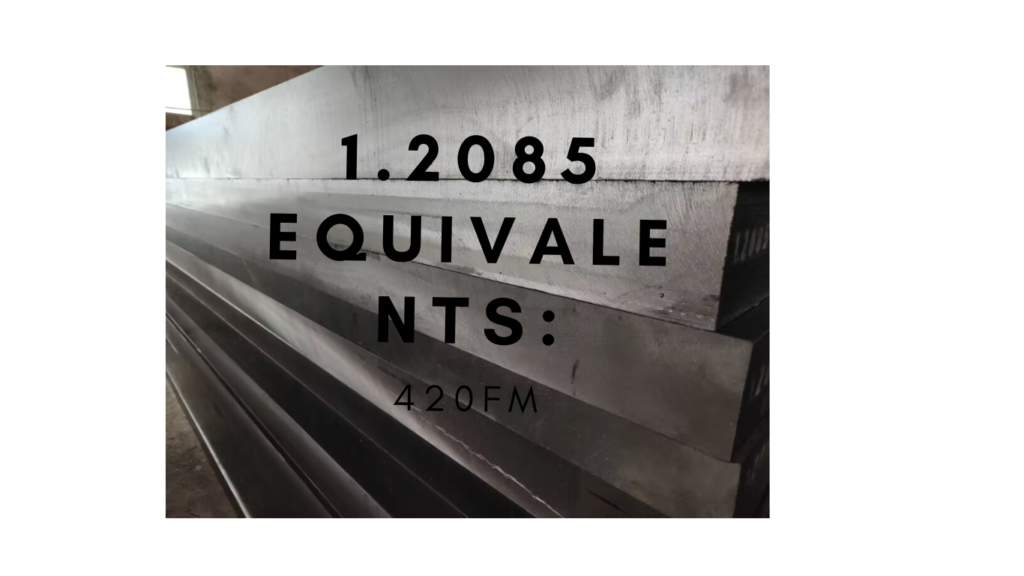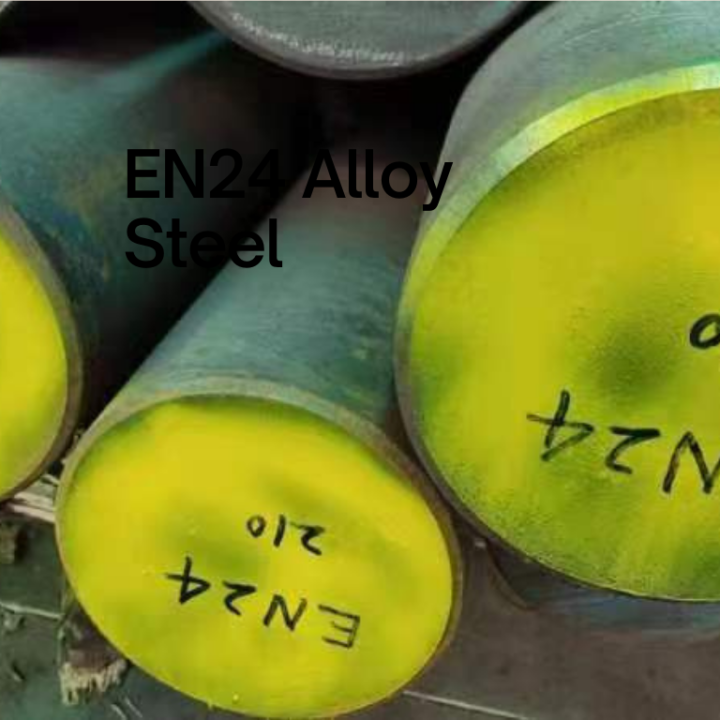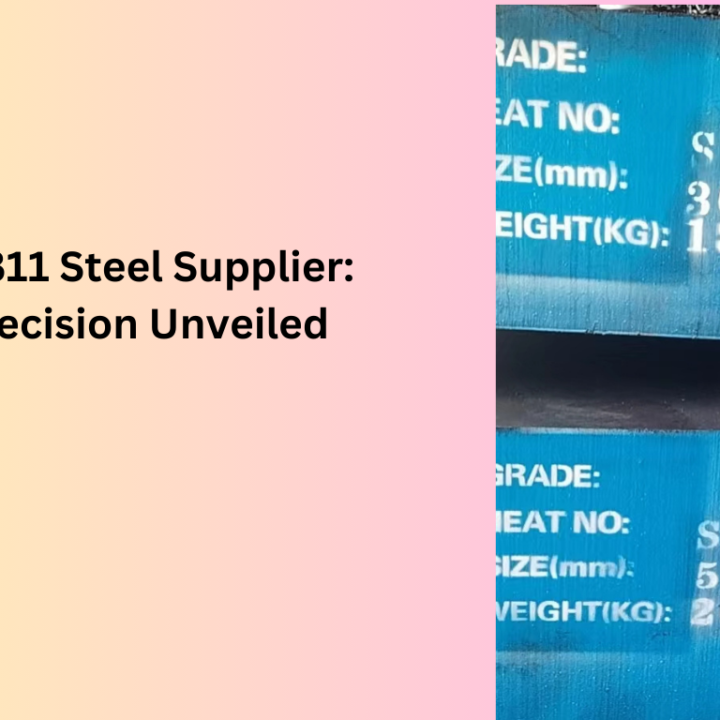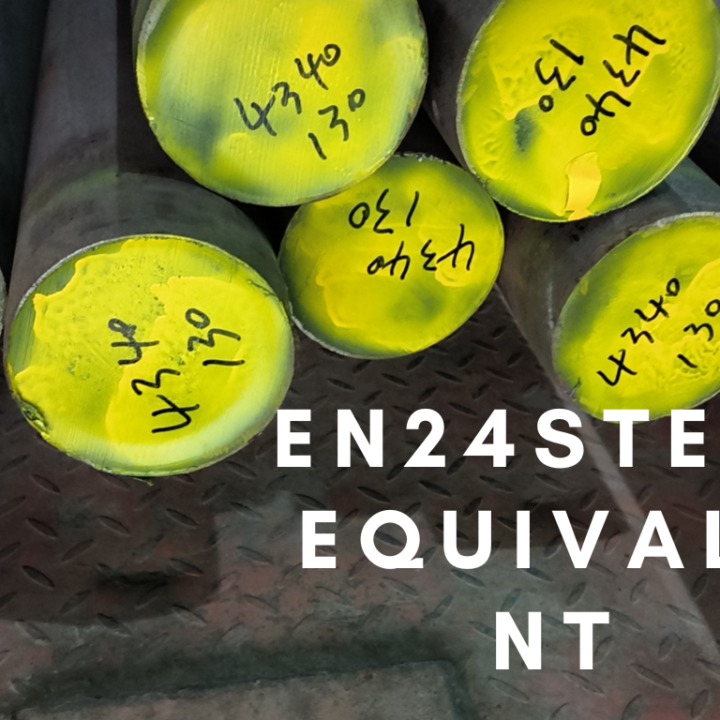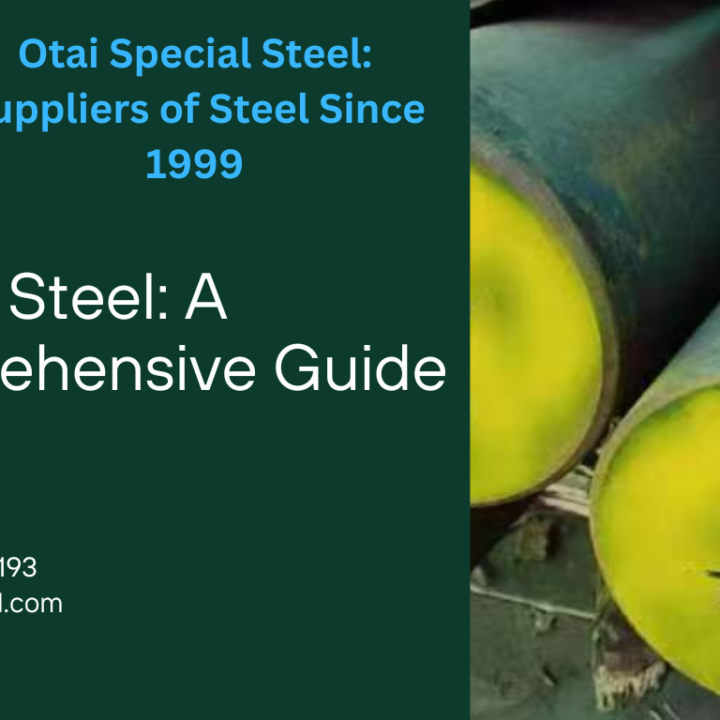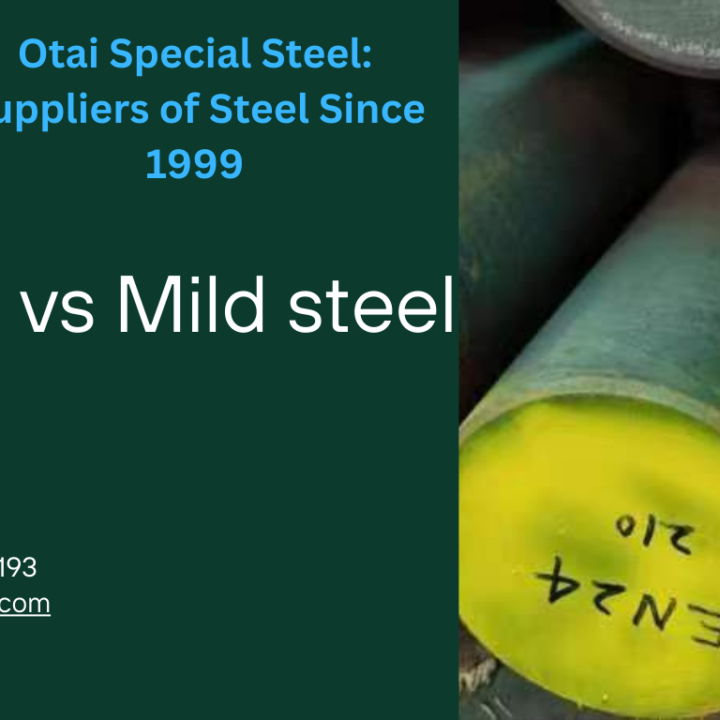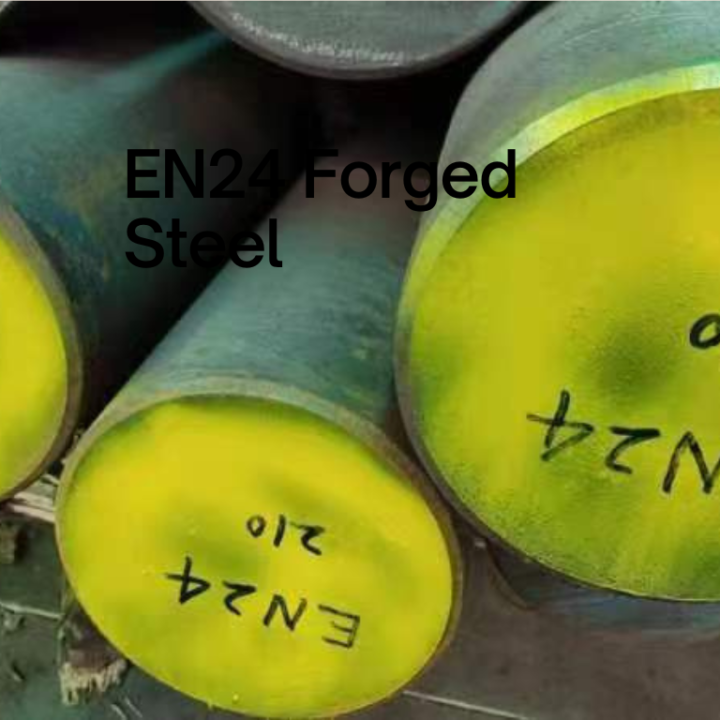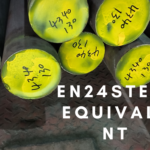Exploring 1.2085 Steel Equivalents: Properties and Applications
When it comes to understanding materials like 1.2085 steel and their alternatives, having a comprehensive overview is crucial. In this article, we’ll delve into the properties, characteristics, and application fields of 1.2085 steel equivalents. We’ll begin by revisiting the key properties of 1.2085 steel, followed by an exploration of potential alternatives, their chemical compositions, and performance attributes.
Revisiting the Characteristics of 1.2085 Steel
1.2085 steel stands out for its remarkable corrosion resistance, particularly when it’s hardened, and boasts a mirror-polished surface. Key properties of this steel include:
- Magnetizability
- Outstanding mechanical resistance and toughness.
- Exceptional suitability for components exposed to aggressive plastics.
- Excellent tool machinability thanks to its sulfur content.
- Adaptability to wet environments and moisture.
- Resilience against wear and corrosion.
- Dimensional stability during heat treatment.
To comprehend potential alternatives, let’s first examine the chemical composition of 1.2085 steel:
| C % | Si % | Mn % | P % | S % | Cr % | Ni % |
| 0.28-0.38 | Max 1.00 | max 1,40 | max 0,030 | 0,050 – 0,100 | 15,00 – 17,00 | max 1,00 |
Mechanical properties can vary significantly based on the chosen heat treatment method, such as normalization, tempering, or quenching and tempering (QT). For detailed property insights, don’t hesitate to reach out to our sales team.
Mechanical Properties of 1.2085 Steel
Mechanical properties can vary significantly based on the chosen heat treatment method, such as normalization, tempering, or quenching and tempering (QT). For detailed property insights, don’t hesitate to reach out to our sales team.
Exploring Potential 1.2085 Steel Equivalents
Now, let’s embark on a journey to explore materials that can be considered 1.2085 steel equivalents. One such formidable alternative is AISI 420 FM, a tool steel renowned for its corrosion resistance. It comes highly recommended when you require excellent machinability, robust mechanical properties, and top-notch corrosion resistance. This makes it an ideal choice for applications involving aggressive plastics and the production of plastic molds. AISI 420 FM is widely embraced in automotive and mechanical engineering, the food industry, and scenarios where thermoplastics face chemical aggression and acid absorption.
Chemical Composition of Equivalent Materials
In our quest for alternatives, it’s imperative to closely examine the chemical composition of these materials. Martensitic stainless steels like AISI 420 FM are extensively utilized across various industries, including medicine, food production, and mold manufacturing. However, they might exhibit limitations in hardness and wear resistance when superior tribological properties are essential.
Enhancing Properties with Plasma Nitriding
To overcome these limitations, the application of plasma nitriding has emerged as a transformative process. It empowers martensitic stainless steels to achieve:
- Remarkably higher surface hardness.
- Enhanced anti-fatigue strength.
- Superior resistance to abrasion.
- Exceptional tribological properties.
- Plasma nitriding typically occurs at low temperatures, usually around 400–580°C, minimizing deformation during the cooling phase. Additionally, it obviates the need for specialized processes to remove passive oxide films.
Applications of 1.2085 Steel Equivalents
Materials akin to 1.2085 steel, such as AISI 420 FM, have discovered extensive applications across a diverse spectrum of industries:
- Food Industry Molds: Their resistance to corrosion renders them indispensable for crafting molds that come into direct contact with food products.
- PVC-related Applications: They excel in environments where corrosive materials like PVC are prevalent.
- Dental and Surgical Instruments: The heightened corrosion resistance of these materials positions them as crucial components in the manufacturing of medical instruments.
- Templates and Frameworks: Manufacturers frequently employ them in fabricating molding frames designed to withstand high-pressure environments and resist abrasion effectively.
- Chemical Corrosion-resistant Plastic Molds: These materials play a pivotal role in molding operations that involve chemically corrosive plastics or environments with elevated humidity, thereby reducing the frequency of mold maintenance.
- Structural Components and Injection Molds: Their versatility extends to the production of structural components and injection molds.
- Valves: They find widespread usage in the manufacturing of steam and water valves.
- Base Plates: These materials are extensively deployed in the production of corrosion-resistant, high-strength base plates.
In summary, while 1.2085 steel boasts unique properties and applications, our exploration of alternatives like AISI 420 FM underscores the importance of considering various materials with their distinct advantages and applications.
